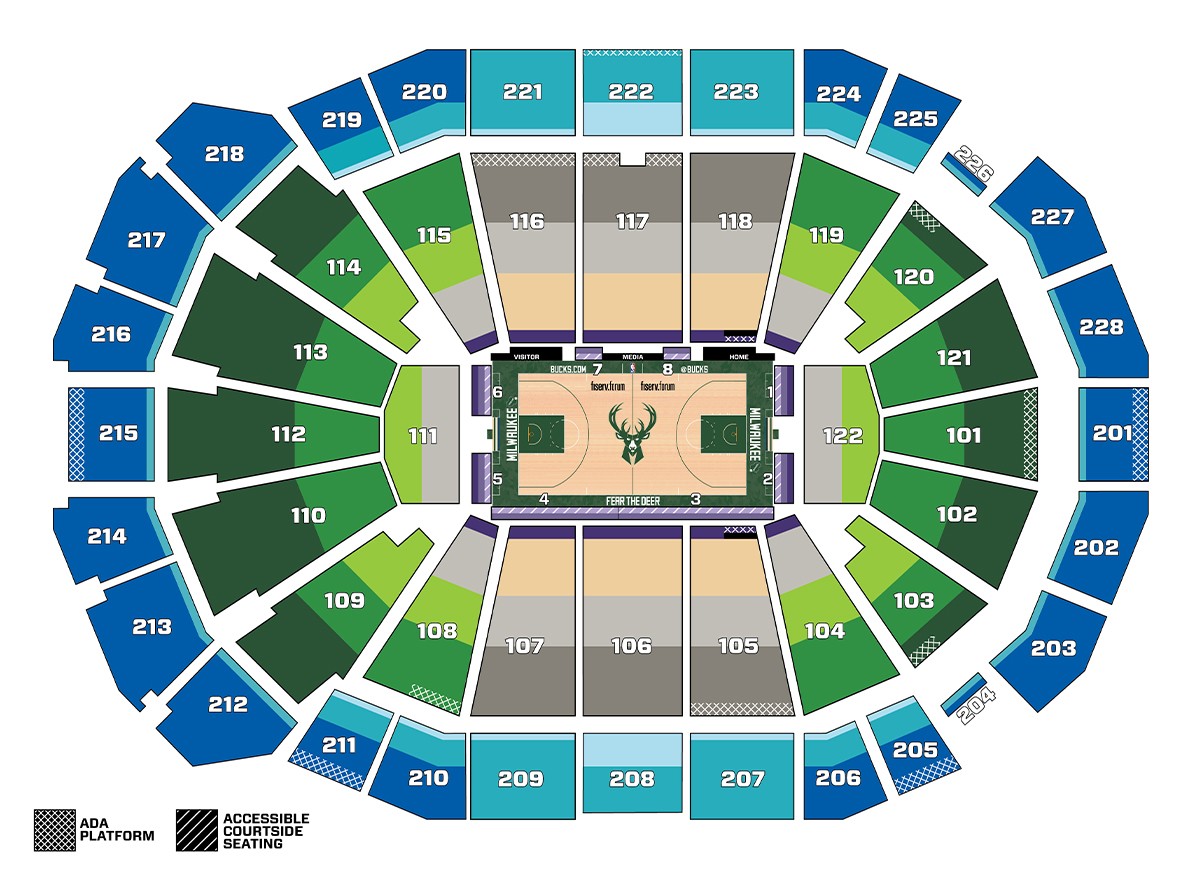Forum seating charts play a crucial role in the planning and execution of successful events, ensuring that guests are seated in a manner that promotes interaction and engagement. In this comprehensive guide, we will explore what forum seating charts are, their importance, and how to create one that meets the needs of your event.
Whether you are organizing a conference, seminar, or workshop, having a well-structured seating arrangement is essential for maximizing attendee experience. In the following sections, we will delve deep into the various aspects of forum seating charts, including their types, benefits, and tips for effective implementation.
By the end of this article, you will have a clear understanding of how to design an effective forum seating chart that not only enhances communication among participants but also streamlines the overall event process. Let's get started!
Table of Contents
- What is a Forum Seating Chart?
- Importance of Forum Seating Charts
- Types of Forum Seating Arrangements
- How to Create a Forum Seating Chart
- Tips for Effective Seating Arrangements
- Technology in Seating Charts
- Case Studies of Successful Forum Seating Charts
- Conclusion
What is a Forum Seating Chart?
A forum seating chart is a visual representation of how attendees will be seated at an event. It outlines the arrangement of seats, tables, and other elements within the venue to facilitate interaction and communication among participants. This chart is essential for maximizing the effectiveness of an event by ensuring that attendees are positioned in a way that encourages engagement, networking, and collaboration.
Importance of Forum Seating Charts
Forum seating charts are vital for several reasons:
- Enhances Interaction: Proper seating arrangements can foster communication and collaboration among attendees.
- Improves Logistics: A well-planned seating chart helps in managing the flow of the event, making it easier for participants to navigate the venue.
- Facilitates Networking: By strategically placing individuals with similar interests or backgrounds together, organizers can enhance networking opportunities.
- Maximizes Comfort: A thoughtful seating arrangement can improve attendee comfort and satisfaction during the event.
Types of Forum Seating Arrangements
There are various types of seating arrangements that can be utilized for forum settings. Each arrangement serves different purposes based on the nature of the event.
Theater Style
Theater-style seating is characterized by rows of chairs facing the front of the room. This arrangement is ideal for presentations, lectures, or performances where the focus is on the speaker.
Classroom Style
In a classroom-style arrangement, tables and chairs are set up in rows, allowing attendees to take notes or use laptops during discussions. This setup is suitable for workshops and training sessions.
U-Shape Style
The U-shape seating arrangement consists of tables arranged in a U formation, allowing participants to face each other while still being able to see the speaker. This layout is perfect for discussions and collaborative activities.
Round Table Style
Round table seating encourages open dialogue and interaction among participants. This arrangement is commonly used for panel discussions and roundtable meetings.
How to Create a Forum Seating Chart
Creating an effective forum seating chart involves several steps:
- Understand the Event Requirements: Identify the purpose of the event and the desired interaction level among attendees.
- Choose the Right Layout: Select a seating arrangement that aligns with the event's objectives.
- Consider Attendee Preferences: Gather information on attendee preferences and any special requirements.
- Create a Visual Representation: Use software tools or graphic design to create a clear and professional seating chart.
- Review and Adjust: Get feedback from stakeholders and make necessary adjustments to the seating chart.
Tips for Effective Seating Arrangements
To ensure your forum seating chart is effective, consider the following tips:
- Be Flexible: Be prepared to make last-minute changes to accommodate unexpected attendees.
- Communicate Clearly: Provide clear instructions to attendees regarding their assigned seats.
- Utilize Technology: Consider using seating chart software or apps to streamline the process.
Technology in Seating Charts
In today's digital age, technology plays a significant role in the creation and management of forum seating charts. Various software solutions are available that allow organizers to design, modify, and share seating charts easily. These tools often come with features such as:
- Real-Time Updates: Make changes in real-time and keep attendees informed.
- Data Analytics: Analyze attendee preferences and feedback for future events.
- Integration with Registration Systems: Seamlessly integrate with event registration platforms for better management.
Case Studies of Successful Forum Seating Charts
Examining successful case studies can provide valuable insights into effective forum seating chart strategies:
- Case Study 1: A multinational corporation hosted a leadership summit where a U-shape seating arrangement facilitated open discussions and brainstorming sessions.
- Case Study 2: A non-profit organization organized a charity gala with round table seating that encouraged networking and collaboration among donors.
Conclusion
In conclusion, a well-designed forum seating chart is integral to the success of any event, enhancing interaction, improving logistics, and maximizing attendee comfort. By understanding the different types of seating arrangements and following best practices for chart creation, event organizers can create an engaging and productive environment for participants.
We invite you to share your thoughts in the comments below, and don't forget to check out our other articles for more insights on event planning!
Thank you for reading, and we look forward to seeing you at our next article! Stay tuned for more valuable content.
Article Recommendations


